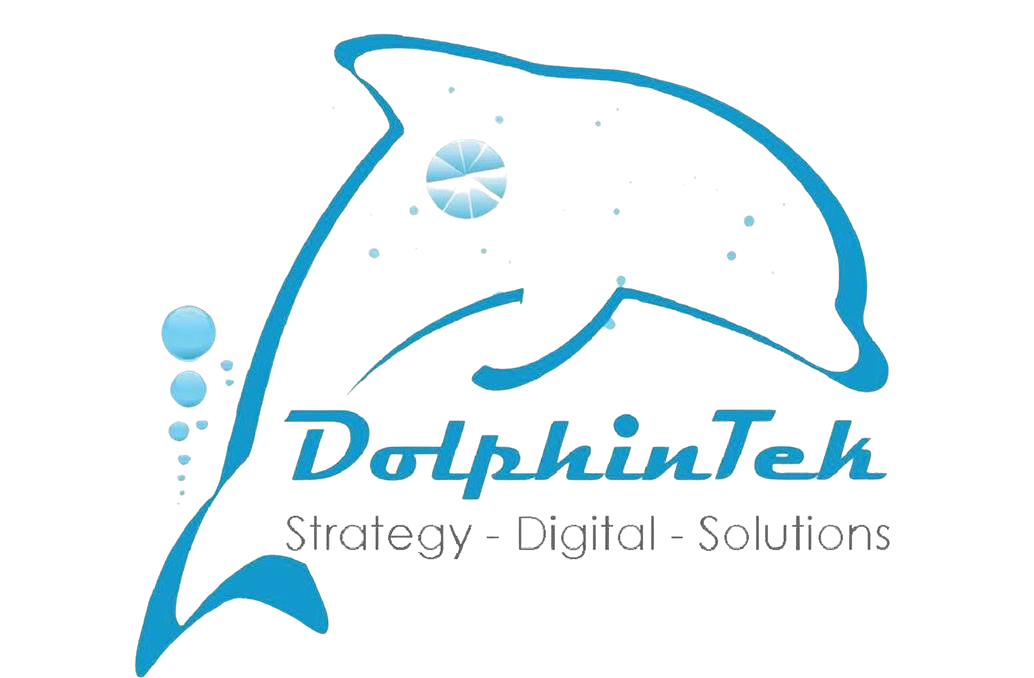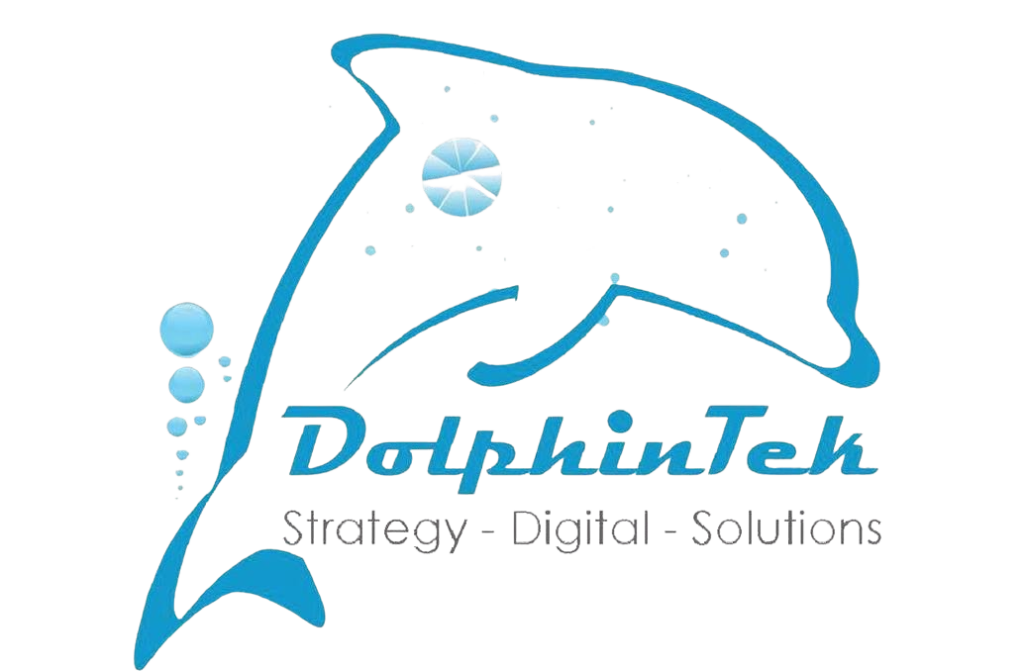Introduction
As digital transformation accelerates across industries, the demand for data storage, cloud computing, and secure infrastructure has grown significantly. Australia has emerged as a key player in the data center industry, providing businesses with cutting-edge solutions tailored to meet modern technological demands. With increased investment from global tech giants and local enterprises, Australia’s data center market is experiencing unprecedented growth.
This article explores the rise of data centers in Australia, key trends shaping the industry, and the latest innovations driving efficiency, security, and sustainability.
The Growth of Data Centers in Australia
Australia’s data center industry has expanded rapidly over the past decade due to increasing internet usage, cloud computing adoption, and the digitalization of businesses. Several factors have contributed to this rise:
- Strong Digital Economy: Australia ranks among the top countries in digital adoption, with businesses moving to cloud solutions and remote working models.
- Government Support: Policies promoting cybersecurity, data sovereignty, and local hosting regulations have encouraged data center investments.
- Growing Demand for Cloud Services: With enterprises shifting to cloud-first strategies, companies like AWS, Microsoft Azure, and Google Cloud have expanded their data center footprints in Australia.
- Strategic Location: Australia serves as a digital gateway to the Asia-Pacific region, attracting international cloud providers and enterprises looking for secure hosting options.
Key Trends in Australia’s Data Center Industry
1. Sustainable and Green Data Centers
One of the biggest trends in the Australian data center industry is sustainability. With increasing concerns over energy consumption and carbon emissions, data centers are adopting environmentally friendly practices such as:
- Renewable Energy Sources: Many Australian data centers are powered by solar, wind, and hydroelectric energy to reduce their carbon footprint.
- Energy-Efficient Cooling Systems: Innovations such as liquid cooling, hot/cold aisle containment, and AI-driven climate control are helping minimize power consumption.
- Carbon Neutral Commitments: Major providers like Equinix and NEXTDC have pledged to become carbon-neutral, integrating sustainability into their business models.
2. Edge Computing Expansion
Edge computing is revolutionizing how data is processed by bringing computation closer to users. In Australia, edge data centers are gaining popularity, especially in sectors like telecommunications, healthcare, and smart city initiatives. Benefits of edge computing include:
- Reduced Latency: Faster data processing for applications like IoT, autonomous vehicles, and real-time analytics.
- Improved Reliability: Decentralized processing reduces network congestion and enhances business continuity.
- Support for 5G Networks: Edge data centers are essential for powering Australia’s 5G infrastructure and IoT devices.
3. Increased Investment in Hyperscale Data Centers
Hyperscale data centers, operated by global cloud providers, are growing in Australia to support large-scale computing needs. Cities like Sydney, Melbourne, and Perth are becoming hotspots for hyperscale developments. These facilities offer:
- Massive Scalability: Infrastructure that can support millions of users and workloads.
- Enhanced Security: Advanced cybersecurity measures to protect data integrity.
- Global Connectivity: Seamless integration with cloud platforms for international businesses.
4. Regulatory Compliance and Data Sovereignty
With rising concerns about data privacy, Australian businesses are prioritizing compliance with local regulations such as:
- The Australian Privacy Act: Mandates strict data protection measures.
- The Consumer Data Right (CDR): Provides consumers with greater control over their personal data.
- APRA Prudential Standards: Guidelines for financial institutions to enhance cybersecurity frameworks.
Companies are increasingly hosting their data within Australia to comply with these laws, ensuring customer trust and legal adherence.
5. Colocation and Hybrid Cloud Adoption
Many enterprises are opting for colocation services, where they rent space in a third-party data center rather than maintaining an in-house facility. Benefits include:
- Reduced IT Costs: Businesses avoid capital expenses associated with building private data centers.
- Flexibility and Scalability: Companies can expand their IT resources without infrastructure limitations.
- Hybrid Cloud Integration: Organizations can integrate on-premises systems with cloud services, optimizing performance and security.
Innovations Driving the Future of Australian Data Centers
1. Artificial Intelligence (AI) for Data Center Optimization
AI-driven technologies are enhancing data center efficiency by automating monitoring, predictive maintenance, and power management. AI applications include:
- Smart Cooling Systems: AI optimizes airflow and temperature, reducing energy consumption.
- Predictive Maintenance: Machine learning algorithms detect potential failures before they occur.
- Autonomous Security Monitoring: AI-powered surveillance ensures data center security.
2. Liquid Cooling Technologies
Traditional air-cooling methods are becoming less effective as data centers grow in size and complexity. Liquid cooling is emerging as a solution, offering:
- Superior Heat Dissipation: Liquid cooling transfers heat more efficiently than air.
- Reduced Energy Consumption: Lower power usage leads to operational cost savings.
- Support for High-Density Computing: Ideal for AI, machine learning, and cloud computing applications.
3. Blockchain for Enhanced Data Security
Blockchain technology is being explored to improve data security in Australian data centers. Possible applications include:
- Decentralized Data Storage: Reduces risks of data breaches.
- Tamper-Proof Audits: Enhances transparency and regulatory compliance.
- Secure Identity Management: Strengthens authentication processes.
4. Software-Defined Data Centers (SDDCs)
SDDCs utilize virtualization and automation to improve resource management and scalability. Benefits include:
- Flexible Resource Allocation: Businesses can dynamically scale workloads.
- Improved Disaster Recovery: Automated failover ensures business continuity.
- Cost-Effective Operations: Reduces hardware dependencies and operational expenses.
Future Outlook: What’s Next for Australia’s Data Center Industry?
Australia’s data center industry is poised for continued growth, driven by digital transformation, cloud adoption, and emerging technologies. Key developments to watch include:
- 5G and IoT Expansion: More data centers will support edge computing for real-time applications.
- AI-Driven Automation: Enhanced AI tools will improve operational efficiency and security.
- Sustainable Innovations: Carbon-neutral initiatives will shape the industry’s future.
- Global Investments: Australia will attract more international players, strengthening its position in the global data center market.
Conclusion
The rise of data centers in Australia is reshaping the country’s digital landscape. As businesses increasingly rely on cloud computing, AI, and edge computing, data centers are evolving to meet the demands of a fast-paced technological world. With sustainability, security, and efficiency at the core of innovation, Australia is set to become a global leader in data center infrastructure.
By embracing new technologies and regulatory advancements, businesses can leverage Australia’s growing data center ecosystem to drive digital transformation and long-term success.



